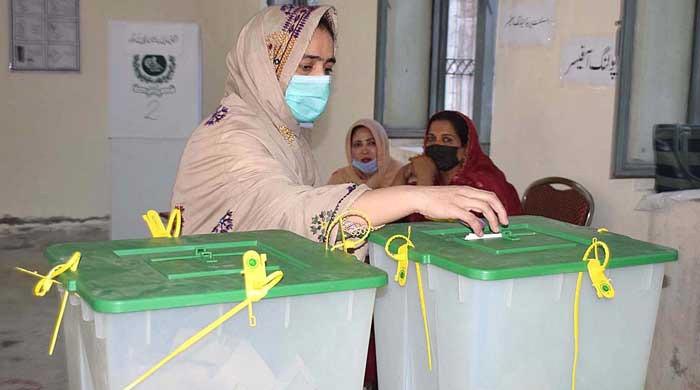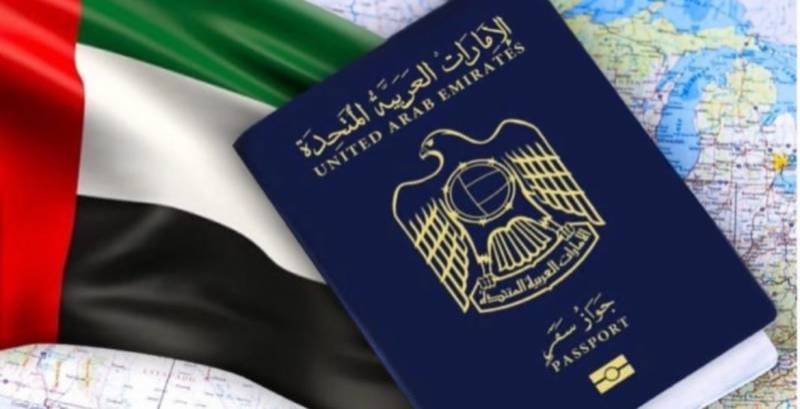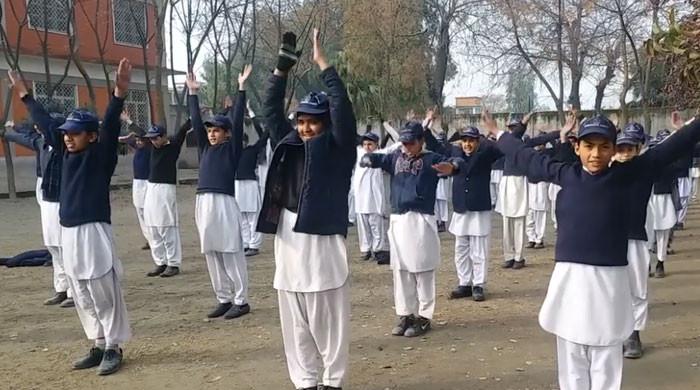THE bi-polar world of the Cold War saw its end it 1991 when the Soviet Union collapsed and the world witnessed a “unipolar” moment. The era was termed as the ’end of history” in which liberal democracy and capitalism triumphed over all other systems of governance and economy. In short, it was a victory for the western set of values over all others. Globalization was deemed as a panacea for the most of the problems faced by the world then. All this catapulted the US-led West into a dominant position in world affairs. However, that US-led World Order is presumably no more as powerful and influential as it used to be. The current global order is no longer defined by the Post-Cold War Western predominance or the universal vision of global integration that underpinned the multilateral system. Instead, it is characterized by bloc-formation and that is how a new global order is taking shape.
In the era of technological competition, partnerships and coalitions play a significant role in determining patterns of winning and losing. The ceaseless competition between Washington and Beijing has intensified bloc politics in the world. China’s rise on the global stage and its overwhelming power bear testimony to the fact that it challenges the existing hegemonic power and the US-dominated world order. Its Belt and Road Initiative (BRI) is paving the way for regional connectivity and trade. A recent study illustrates that during the last 20 years, Beijing has financed over 13,000 projects worth $843 billion in 165 countries. According to the China Power Project of the Washington-based Centre for Strategic and International Studies (CSIS), under the BRI banner, China has been working in 138 countries with a combined GDP of $29 trillion and some 4.6 billion people or about 61 per cent of the global population.
In order to counter the rising role of China, the US and its allies in the Group of Seven (G7) have come up with their own initiative and plan called ‘Build Back Better World’ (B3W) to counter the expanding influence of China. Similarly, the US has formed military and political alliances such as QUAD and AUKUS (a security pact) to contain China in the Indo-Pacific region and the South China Sea. Furthermore, the latest addition to this bandwagon is the India-Middle East-Europe Economic Corridor (IMEC), announced during the 2023 G20 summit held in New Delhi. The official statement of the Memorandum of Understating (MoU) released by the US government says that India, Saudi Arabia, the United Arab Emirates (UAE), France, Germany, Italy, the European Union (EU) and the US have announced to build the India-Middle East-Europe Economic Corridor (IMEC). It has been envisioned that the IMEC is expected to stimulate economic development through enhanced connectivity and economic integration between Asia, the Arabian Gulf and Europe.
Moreover, China and Russia have been trying to warm up their relationship since the end of the Cold War. The Russia-Ukraine war has brought the two states closer than ever. All this has led them to embrace their relations as they face a common threat from the USA. The deepening of their bilateral ties is accompanied by a joint push for global realignment, with both countries using non-western multilateral institutions such as the BRICS forum and the Shanghai Cooperation Organization (SCO) to expand their influence in the developing world.
The acronym ‘BRICS’ was coined in 2001 by Goldman Sachs economist Jim O’Neill to describe fast-growing economies that he predicted would collectively dominate the global economy by 2050. The BRICS grouping initially made up of Brazil, Russia, India, China and South Africa is at the heart of Moscow and Beijing efforts to build a bloc of economically powerful countries to resist what they call Western Unilateralism. In late August another six countries — Argentina, Egypt, Ethiopia, Iran, Saudi Arabia and the UAE —joined the group. With their growing economic power, the BRICS countries are pushing for cooperation in a number of issues, including ways to reduce the dominance of the US dollar and stabilize the global supply chains against western calls for decoupling and de-risking.
The addition of six members would obviously push the GDP further – an obvious sign of concern for the West. Insofar, BRICS and SCO play a vital role in challenging the western-based international order and its established hegemony. They were established to replace the developed West and serve as the foundation for joint Chinese and Russian efforts to reshape the international system. Both are setup for expansion in terms of scope, membership and other partnerships. They are the primary means for China and Russia to create a web of influence that increasingly ties strategically important countries to both powers.
Pakistan faces a complex set of economic, political and strategic challenges, but its interest will be better safeguarded if it joins BRICS s. While 40 countries expressed interest in joining BRICS, Pakistan was not among them. The dilemma is that Pakistan is also part of the ‘Next-Eleven,’ a group of eleven countries identified by Jim O’Neill in 2005 as fast-growing nations that could have a significant impact on the world economy, much like that of BRICS. Pakistan shares a close alliance with China, particularly through the China-Pakistan Economic Corridor (CPEC), which aligns their economic and strategic interests.
Given the rapidly evolving global dynamics, Pakistan’s participation in BRICS could be beneficial. Nevertheless, Pakistan’s entry into BRICS would require a commitment to reform, political stability, investment facilitation, streamlined regulations, human capital development and increased investor confidence and protection. In a nutshell, China’a close relationship with Middle Eastern countries is strategically significant due to the region’s central location in international trade and transportation routes, as well as its substantial influence in the global oil and gas market. These developments are of critical importance for peace and prosperity. In this context, Pakistan’s proximity to the region and its deep historical, political, cultural and economic ties with Middle Eastern countries play a significant role.
—The writer is a researcher and columnist based in Mardan.
Email: [email protected]
views expressed are writer’s own.






